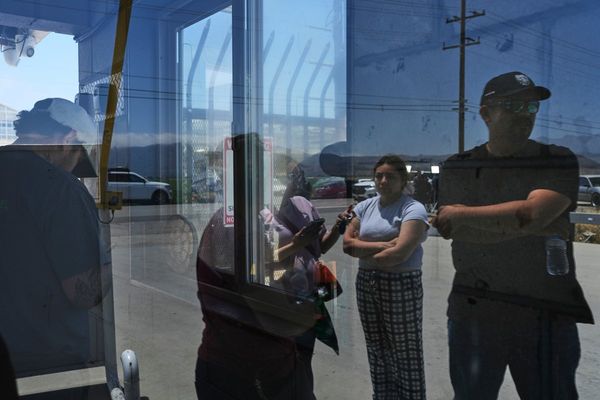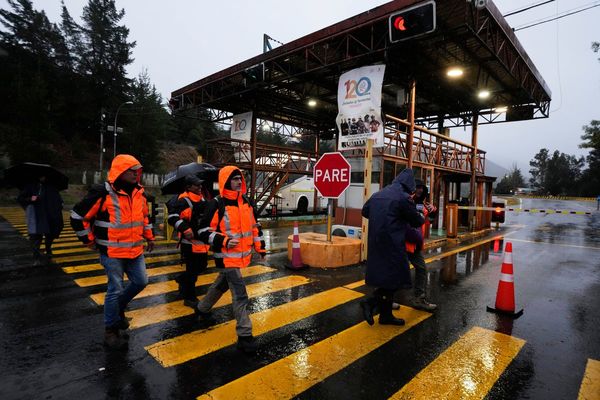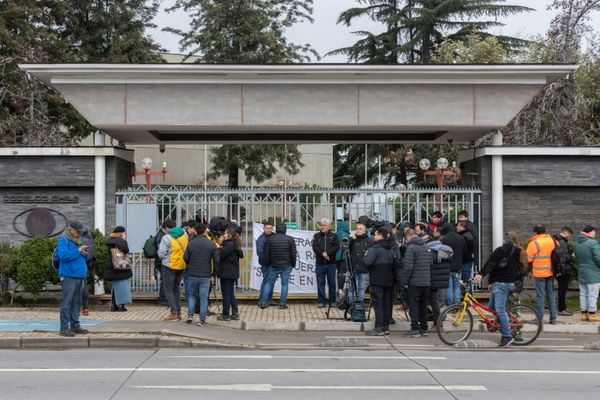The UK’s employee turnover rate is steadily rising. At around 34% in 2025, a third of the UK workforce is now job-hopping on a yearly basis.
(Image Source: Avado)
As the demands for flexible working, hybrid contracts and increased pay drive turnover rates, startup leaders must adapt.
With studies confirming that a post-pandemic working environment has seen a dip in productivity and a rise in ‘quiet quitting’, it’s no surprise that HR teams are scrambling to re-engage workers before it’s too late.
However, as the HR scene evolves, could AI-powered solutions stamp out your company’s employee turnover problems? With the ability to predict risks, create personalised strategies for engagement and improve hiring accuracy, AI assistance could help secure your startup’s retention.
Taking this into consideration, let’s dive into the benefits of AI in the HR sector as we teach you how to use tech-first solutions to bolster your retention.
Is AI the Key to Retaining Talent?
AI adoption is becoming increasingly popular amongst UK-based HR teams in 2025. Recent reports indicate that 81% of HR professionals are now open to working alongside artificial intelligence, signalling a significant transformation in the HR landscape.
The question is, could AI also be the key to retaining talent in 2025?
We know that AI-powered tools thrive on data, but did you know that they can now analyse patterns in absenteeism, productivity dips and alert you to any workers that are beginning to lose engagement within their role?
Better still, in-office AI solutions not only predict signs of quiet quitting ahead of time, but they can also help your business pinpoint why.
Armed with the right tools, your HR team can then react quickly by planning personalised retention strategies, opening up regular communication with the employee and working to improve their satisfaction within the workplace.
Let’s have a closer look at how you can use AI-powered solutions to reduce employee turnover from all angles:
Use AI to Track Performance and Engagement
One of the best ways to use AI in your HR strategy is to leverage its unbelievable analytic abilities.
AI thrives on data, so the more employee data you input into the software, the more you’ll get out of an AI-powered tool.
Input data from company surveys, shift scheduling, performance metrics, sick days, leave requests and more to generate the best holistic view of your workforce’s engagement and productivity.
Then, it’s time to let AI do the work for you. With the ability to cross-reference employee productivity scores, negative mood check-ins, frequent sick days and schedule preferences, AI can predict red flags for disengagement from a mile away.
Depending on the individual employee, AI can also highlight unique factors contributing to their dissatisfaction at work. For example, if an employee regularly swaps their shift, this could indicate a problem with their schedule, which can be easily resolved to improve engagement.
Create Personalised Engagement Strategies
Once you’ve established what factors are contributing to a lack of engagement in the workplace, your HR team can also use AI to craft personalised engagement strategies to rebuild trust and support with dissatisfied employees.
Here are just a few ways AI can power your engagement strategy:
- Personalised recognition: AI can identify productivity peaks as well as dips, making it the perfect tool to utilise when rewarding employees. Use AI to highlight achievements and reward them with praise and incentives to keep engagement levels high.
- Real-time feedback loops: AI can be used to power real-time survey feedback, allowing employees to provide feedback on their experience in the company, before analysing results to identify patterns within the results. These points can be brought to the attention of management, and improvements can be made.
- Customised development plans: AI can help your HR team design personalised development plans based on where an employee is performing well and where they need to improve. By inputting your worker’s skills, preferences, and career goals, AI does the rest for you, offering a fool-proof plan to re-engage a flagging employee.
Using an AI HR assistant, you can maximise your engagement strategies and spend more time one-on-one with your employees.
In fact, new research suggests that one of the biggest benefits of AI in the workplace is reduced workloads, giving staff time to focus on what matters most.
Use AI to Improve Hiring Accuracy
Another way to reduce employee turnover is to ensure that you’re hiring the best candidates matched to a long-term role in the company.
70% of recruiters say that AI is improving their hiring decisions, in turn reducing productivity dips in the workplace and, more importantly, securing retention.
As a startup, the key here is to use AI to analyse all role applications and match candidates with roles based on skills, experience, and a natural alignment to your company’s values and direction.
Better still, AI can also take the pressure off the hiring process for busy startup teams. With the ability to screen CVs, conduct standardised interviews and even remove bias from the hiring process, HR teams have more time to connect with the best-matched candidates before making the final decision.
For those of you still worried about turnover risks, you can also leverage AI to identify at-risk candidates. Based on their historical working experience, AI can highlight those who have frequently jumped ship, and advise HR teams to proceed with caution when hiring.
Say Goodbye to Employee Turnover in 2025
As AI solutions evolve within the HR sector, so do the retention strategies that reduce employee turnover.
AI makes it easier to spot potential red flags for future turnover and address them efficiently in an attempt to re-engage the employee.
With AI on their side, your HR team can spend less time on repetitive tasks and more time connecting with your employees to foster a happier workforce.







